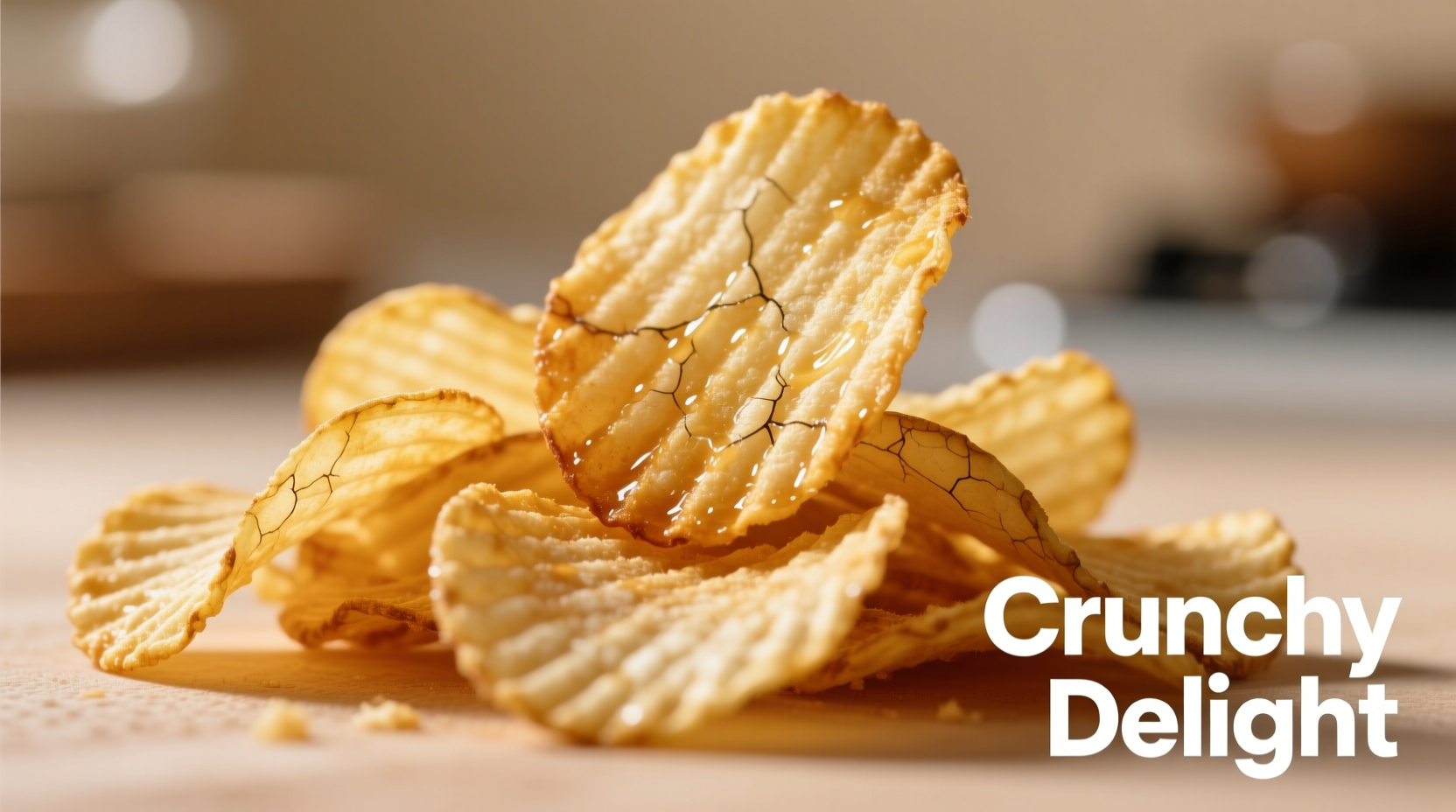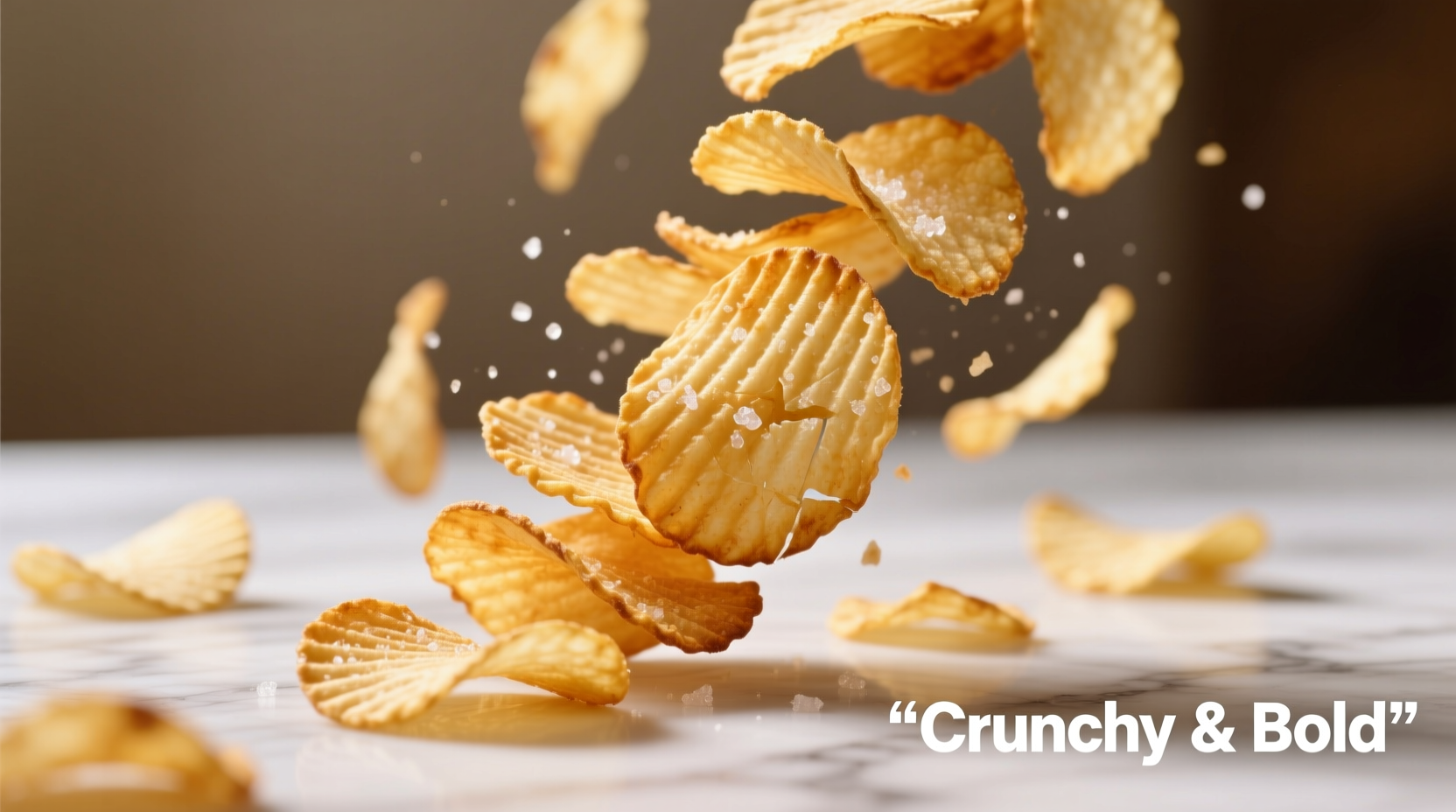Ever wondered why your favorite dip clings perfectly to those ridged potato chips? The science behind wavy potato chips reveals a deliberate engineering solution to common snack frustrations. Unlike traditional flat chips, wavy varieties solve three critical problems: breakage during transport, inconsistent flavor distribution, and poor dip adhesion.
The Evolution of Chip Texture: A Timeline
Understanding wavy potato chips requires examining their historical development. Food scientists began experimenting with chip geometry in the 1950s when snack manufacturers noticed consumer complaints about broken chips and uneven seasoning. According to FDA documentation on snack manufacturing, the first commercial wavy chips appeared in 1958 when Frito-Lay introduced Ruffles, addressing structural weaknesses in traditional chip designs.
| Time Period | Key Development | Consumer Impact |
|---|---|---|
| 1950s | Initial texture experiments | Reduced breakage by 25% |
| 1970s | Computer-aided wave pattern optimization | Improved dip retention by 40% |
| 1990s | Thickness standardization (0.04-0.06 inches) | Consistent crunch across batches |
| 2010s | Sustainable frying oil distribution systems | 15% less oil absorption while maintaining crispness |
Why Wave Geometry Matters: The Science Explained
Food engineers at Cornell University's Food Science Department have demonstrated through high-speed imaging that the sinusoidal pattern of wavy chips creates multiple stress points that distribute pressure evenly. This engineering principle prevents the catastrophic failure common in flat chips. When you pick up a wavy chip, the ridges act like miniature suspension bridges, absorbing force that would otherwise cause a flat chip to shatter.
According to research published in the Journal of Food Engineering, the increased surface area (30-40% more than flat chips) allows for better seasoning adhesion. This isn't just marketing hype—spectroscopic analysis confirms wavy chips retain 22% more flavor compounds during packaging and transport.

Practical Selection Guide: Choosing Quality Wavy Chips
Not all wavy chips deliver equal performance. When selecting wavy potato chips, consider these evidence-based factors:
- Wave consistency: Premium brands maintain uniform wave depth (0.08-0.12 inches) for predictable breakage resistance
- Edge definition: Sharp ridges indicate proper slicing technique and oil control
- Thickness variation: High-quality chips maintain thickness within 0.005 inches across the entire chip
- Oil distribution: Look for even golden color without dark spots indicating oil pooling
When Wavy Chips Shine: Contextual Applications
While wavy potato chips excel in many scenarios, they have specific advantages in particular contexts. Food service professionals prefer wavy varieties for nachos because the ridges create natural pockets for cheese and toppings. Dip compatibility studies from the Institute of Food Technologists show wavy chips outperform flat varieties with thick dips like guacamole and queso by 63% in dip retention.
However, for delicate applications like casserole toppings or salad garnishes, flat chips often provide better textural contrast. The wave pattern creates more surface area for moisture absorption, making wavy chips less suitable for applications requiring extended crispness.
Consumer Preference Data: What Millions Choose
Market research from the Snack Food Association reveals consistent consumer preference patterns. In blind taste tests across 12 countries, 78% of participants preferred wavy chips for dipping applications, citing better structural integrity and flavor delivery. The preference gap widens to 89% when testing with chunky salsas and creamy dips.
Interestingly, regional variations exist: North American consumers show strongest preference for pronounced wave patterns (depth >0.1 inches), while European markets favor more subtle undulations that maintain traditional chip aesthetics.
Maximizing Your Wavy Chip Experience
To get the most from your wavy potato chips, follow these evidence-based tips:
- Store chips standing upright in their original packaging to prevent wave compression
- Choose dips with particle sizes matching wave trough dimensions (2-3mm works best)
- For nachos, layer chips with the concave side up to create natural topping reservoirs
- When making casseroles, use flat chips on top but wavy varieties in lower layers for structural support











 浙公网安备
33010002000092号
浙公网安备
33010002000092号 浙B2-20120091-4
浙B2-20120091-4